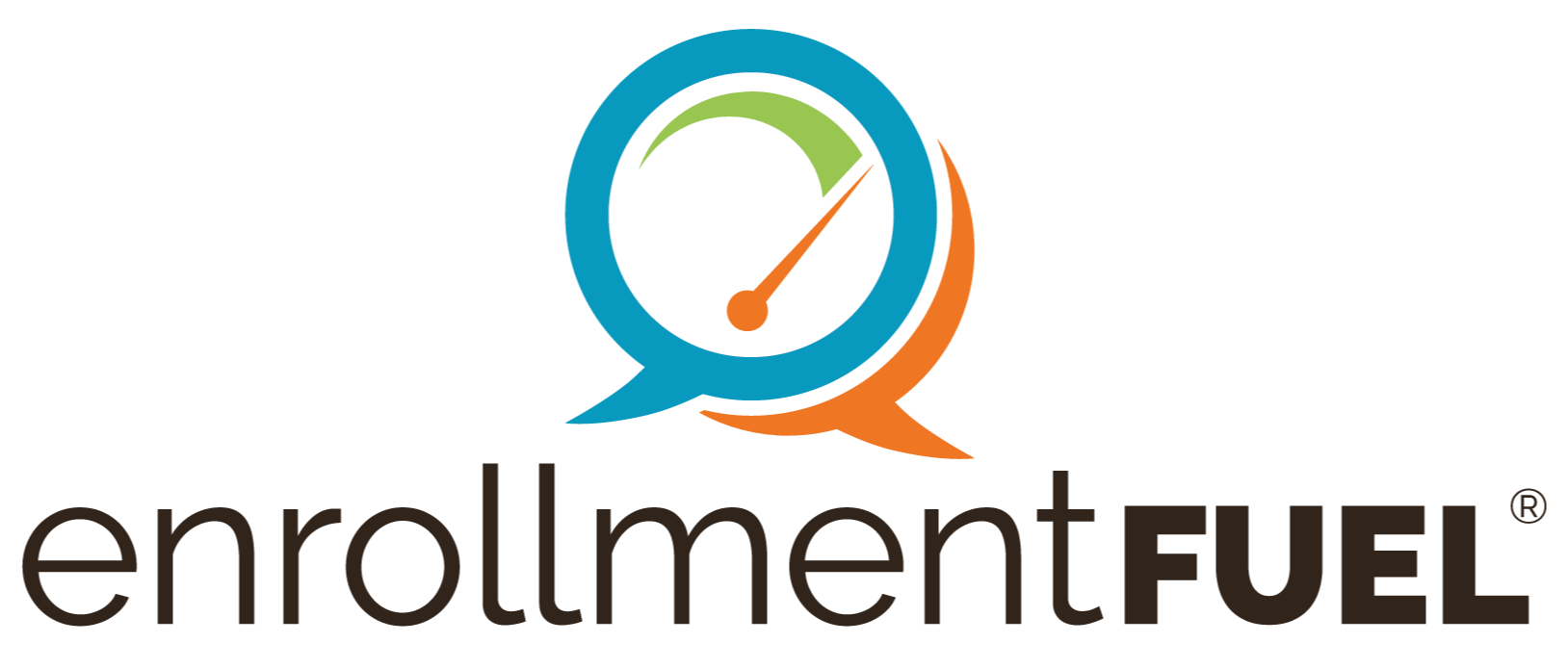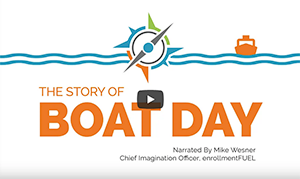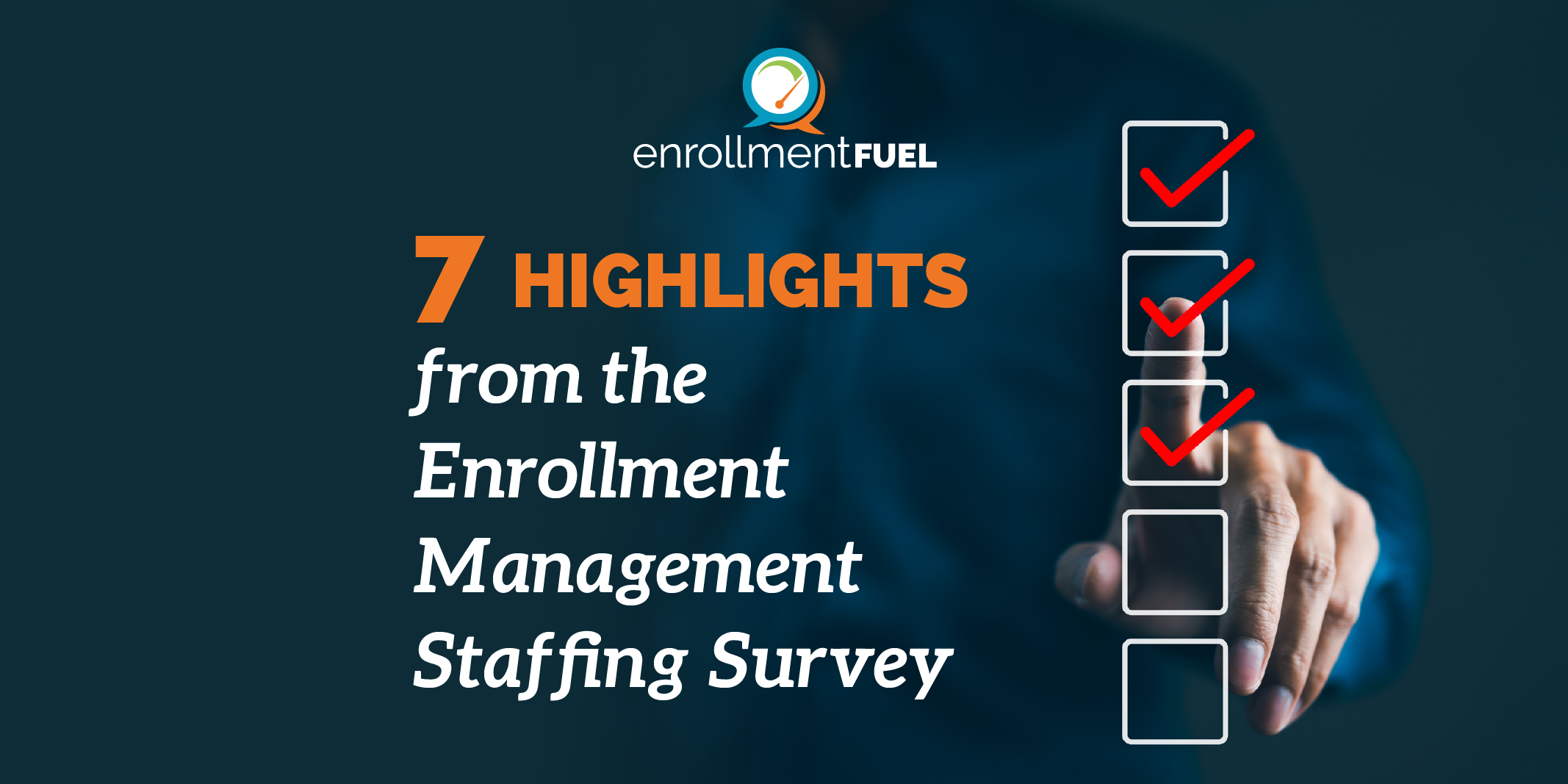Your school’s domain name has a reputation score. Scores are calculated based on online metrics in various areas, including reviews, social, surveys, reach, and email open rates. Maintaining a “good” score has become more critical in recent years because machine-learning and algorithms can impact email delivery rates. When an institution has a good email reputation score, emails get delivered. When an institution’s score slides into below-average territory, emails can be prevented from reaching mailboxes, causing Student Search campaigns to perform poorly.
So what’s the problem? Old habits that once led to success can now create issues.
For years, many enrollment leaders started their annual Student Search efforts by emailing large audiences of cold leads (non-responders) leftover from previous efforts. For awhile, this worked well or well enough – or at least caused no harm. But ballooning volumes of spam forced email providers, like Gmail, to adapt technical infrastructures to limit customer frustration. Today, when you send emails that are not opened, the action triggers artificial intelligence (AI) warning signals. When the percentage of unopened emails exceeds a defined algorithmic threshold, you are in danger of being labeled as a potential spammer, which lowers your reputation score and impacts future email deliverability to new audiences.
Past practices developed by well-intentioned enrollment leaders and consultants were shaped in a much different environment. Like everyone else, I was once a believer in starting Student Search efforts with the treasure chest of free names from last year’s “non-responder” list. The non-responder list was often huge – particularly if a school had over-purchased names based on the theory that more names meant more freshman students. No one worried about a domain’s reputation or how an institution could be affected (or even severely impacted) by complex algorithms or brand strength in this bygone era.
Long before I started enrollmentFUEL, I had started to question whether schools were purchasing too many names. I’ve enjoyed numerous discussions and have written many words about stuffing the top of the funnel with leads. I call this technique the “gravity” strategy, where many institutions hope that the force of gravity will push enough names through the funnel and ultimately meet the numbers goal for the incoming class. This solution seemed problematic in many ways, mainly since many schools had tight budgets and limited resources. A targeted approach, where you focus recruiting efforts on the leads most likely to convert, seemed to make more sense, and I focused on developing this strategy.
When I started enrollmentFUEL, I had the opportunity to put new strategies and best practices into action on our very first client, a rural midwestern university. Both the vice president and dean were new on the scene. They discovered that almost 200,000 names had been purchased the previous year. Starting with this list, I worked with one of enrollmentFUEL’s geodemographic research partners to help us find the best 50,000 leads from the larger list, and that was where our Search campaign started. Back then, the strategy got good results. Today, I would make adjustments in the same situation because emailing non-engagers is a far riskier business.
Let’s focus on some best practices and tactics to improve email open-rates in general, so you can ensure your new name purchases have their best chance to reach inboxes and generate inquiries.
List Hygiene
Start with a good list. This will be more challenging in the future as more schools become test-optional and fewer students take college entrance tests. With fewer names available from traditional sources, you may be looking for alternative lists. Be selective when pursuing new sources. One alternative to explore is look-alike modeling combined with digital display advertising and a technology tool like enrollmentFUEL’s matchBACK™ to generate a new source of leads.
Look for Early Wins
Batch names and send your first emails to students who are likely to be familiar with your institution, like the students who are close geographically. As a known “brand,” you are more likely to get a favorable response to your emails, and opened emails send the right signal to algorithmic controllers.
Use Alternative Channels
If you absolutely feel you must go after non-responders one more time, start with a different channel than email. Banner ads or direct mail are both excellent alternatives. They introduce your brand, prime your audience, and open the door for a follow-up email (preferably sent in small batches so you can gauge performance).
And Don’t Forget . . .
I love mail, digital banner ads, social advertising, and email. They all have their uses, and when you combine them in a Student Search campaign, they are powerful.
Email lets you measure engagement, and it isn’t going away anytime that I can see. It also is the channel that helps you measure the impact of mail and digital advertising because when mail and digital ads have done their job, emails are more likely to be opened.
For your emails to be delivered, you need a plan to monitor your online reputation because emails from schools with strong reputations will reach inboxes. If you want help assessing your reputation score, talk to a member of the enrollmentFUEL team. We have plenty of ideas to share on how you can monitor, protect, and improve your online reputation because a good reputation does matter.
Related Articles
DON’T AVOID THE SUBJECT: SPAM WORDS COULD SABOTAGE YOUR EMAIL EFFORTS
It’s the end of the summer. Students will return to campus soon, and the new class you have worked...
Higher Ed SEM Articles | Email Marketing | enrollmentFUEL
I recently overheard the following during an industry conference roundtable session on yield...
Email Requirement Changes | Higher Ed | enrollmentFUEL
To rephrase Mark Twain, the reports of email's death have been greatly exaggerated—for now. It...




